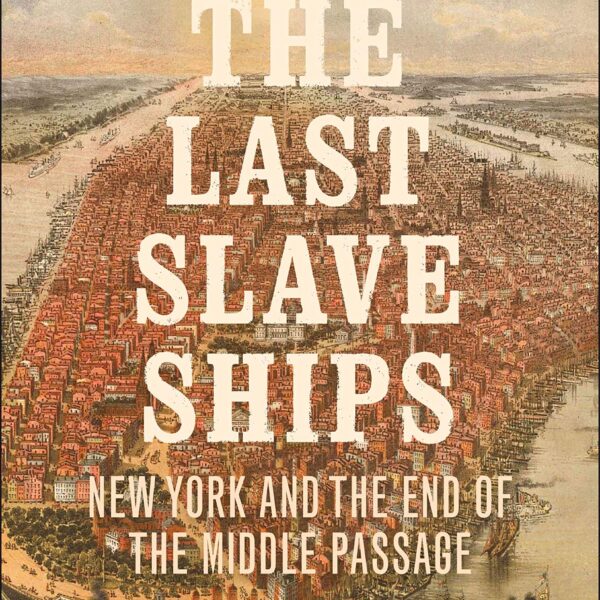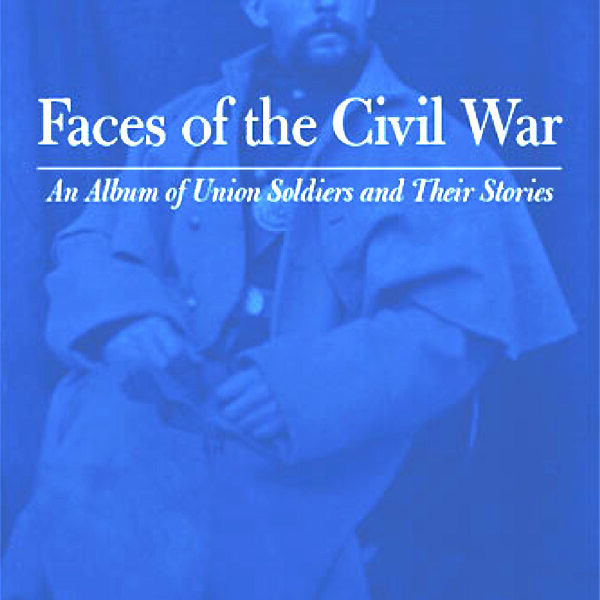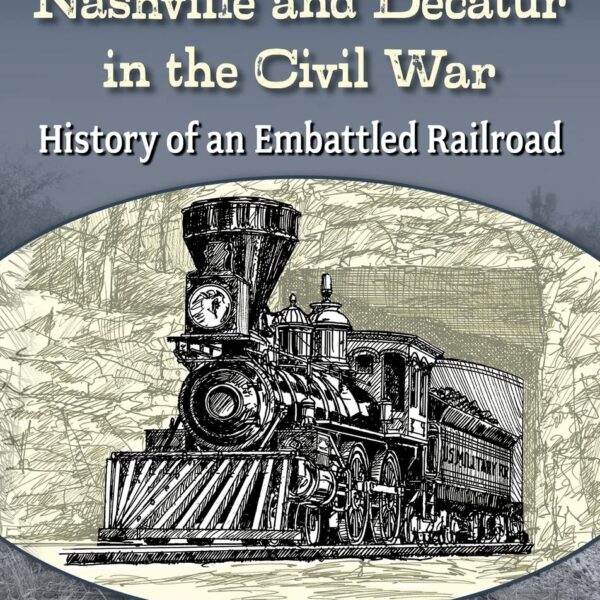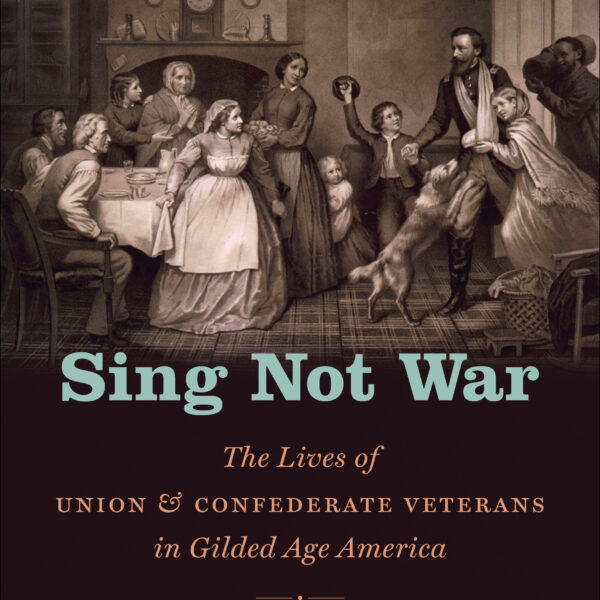Theater of a Separate War: The Civil War West of the Mississippi River, 1861–1865 by Thomas W. Cutrer. University of North Carolina Press, 2017. Cloth, ISBN: 978-1469631561. $40.00.
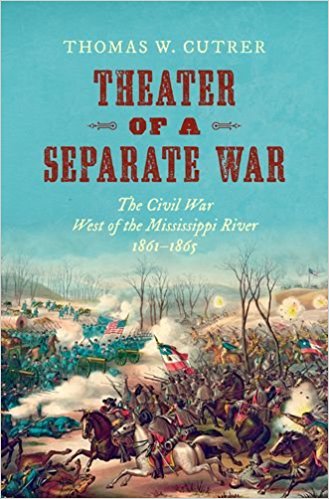 As the subject evidenced in the title suggests, Theater of a Separate War: The Civil War West of the Mississippi is a long read. It serves a great purpose in that it provides a general catalogue of events during the course of the American Civil War in the region west of the Mississippi River.
As the subject evidenced in the title suggests, Theater of a Separate War: The Civil War West of the Mississippi is a long read. It serves a great purpose in that it provides a general catalogue of events during the course of the American Civil War in the region west of the Mississippi River.
Cutrer’s Ben McCulloch and the Frontier Military Tradition set a high bar, in that he offered a keen interpretation attached to a strong historical narrative. The historical discipline requires that all academic writing contribute to the body of knowledge. Cutrer’s McCulloch book did, clearly revealing the Confederate tendency to elevate professional soldiers over the “frontier military tradition” embodied by such buckskin scrappers as Daniel Morgan, Andrew Jackson, Charles Carroll, and Archibald Yell.
His latest offering, though, left this reviewer wanting something, well, different. Dan Sutherland of the University of Arkansas and Susannah J. Ural of the University of Southern Mississippi each provided laudatory Amazon.com blurbs that suggest this book is something new and fresh. In some respects, it may be.
Cutrer did what he could to deliver on a long order—namely, to write a comprehensive history of the most complicated, diverse, and misunderstood part of the American Civil War. At the end of this effort, he leaves readers with this imponderable question: “but were these battles of no consequences save to those who fought in them and to those who felt their direct impact?” (448). Yet, Cutrer does not completely answer his question. In short, all the reader is left with is . . . perhaps. The vast scope of the topic seems to defy cogent analysis. In the early 1990s, Alvin M. Josephy, in his The Civil War in the American West, attempted a similar comprehensive treatment. He, too, provided a catalogue of events, but perhaps with more interpretation centered on the effects of the war on Plains Indians.
Cutrer’s bibliography admirably reveals recent scholarship. The appropriate books were there, serving as a prophylactic against charges of thin sourcing. When actually reading the book and checking footnotes, however, a tired old process emerged. Cutrer relied on interpretations from at least thirty years ago (and even repeated old rheumy stories first propagated in the 1860s): in short, the Trans-Mississippi theater of the American Civil War accounted for little and remains unimportant and generally uninteresting, short of a few rousing stories of derring-do. The author appears to arrive at the same conclusion.
Which leads to the most important question: is that all readers get for having plowed through 450+ pages? Gary Gallagher, one of the series editors for this volume, once observed that all of the fighting outside of Virginia, much less the Trans-Mississippi, represented “unnecessary violence.” This book does little to dispel this notion.
To be sure, serious work in the field of Trans-Mississippi Civil War history is demanding. Scholars have to first understand the big pictures of the conflict—the political landscape, the international implications of the war, the overall military realities of both sides, the logistics of the armies, the vast geography involved, and even the technical workings of slavery. Then, they have to master the obscure personalities of this bizarre theater of operations, the unfamiliar geography (Louisiana, anyone?), and the warp and weft of a confusing military, political, and social patchwork. And, unlike their fellow scholars pursuing the topics east of the river, there is not a vast body of previous scholarship to rely upon. Much of the recent scholarship on the Trans-Mississippi is literally navigating new ground—often without maps, literal and metaphorical.
Those who paint the Civil War in the Trans-Mississippi with a broad brush often cannot make sense of what they are seeing. They declare some generalities, but cannot offer much that is original because the bedrock scholarship, the primary source mining, time in the library, and boots on the ground are all too often ignored.
The Trans-Mississippi mattered. In fact, it mattered enormously in determining the course of the war. Theater of a Separate War: The Civil War West of the Mississippi River, 1861–1865 is a well-written reference work and catalogue for a rundown of the Civil War west of the Mississippi. Despite all that, this book lacks the analysis to be groundbreaking.
Donald S. Frazier is the author of many histories of the Trans-Mississippi theater, including Blood & Treasure: Confederate Empire in the Southwest.

